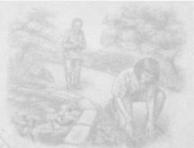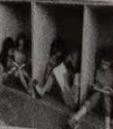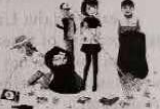阅读理解
Newspapers are dying. Electronic devices like mobile phones pads, TVs and car radios can all be the killers. Most people believe in the long run, there is no reason• no practical reason for newspapers to survive. No matter what we do may only buy time.
Can anything save newspapers? I decided to have a try.
Many years ago, Bonnier, a Swedish publisher, set a newspaper in the former Soviet countries. After a few years, they had more newspapers in central and eastern Europe. However, these newspapers were run by a group of inexperienced people, and they didn't have enough money. In many places there were not even art directors.
I got a position in Bonnier's newspaper as an art director.
It was very difficult at first. I was really disappointed until one day, in London, when I saw performance by Cirque du Soleil. "These guys took some run-down entertainment, and put it to the highest possible level of performance art." Inspiration lighted me up, "Why can't we do the same with the newspapers. We started to redesign the newspapers, one by one.
We used our imagination. We treated the whole newspaper as one piece, one composition — like music.
Music has a rhythm, has ups and downs. Design is responsible for this experience. Flipping through pages was readers' experience, and I was responsible for this experience.
The front page became my personal channel to talk to the readers. My approach was simple and direct. I wanted to show my understanding of art, and of reality. I wanted to make posters, not newspapers. Not even magazines: posters.
We had determination, and we kept on trying. We experimented with type, with illustration, and with photos. We kept asking: Why do we do it? What's our goal?
Design was not only about the front page. It was a part of the process. To be good was not enough. The process we made was about improving the product completely.
We adjusted the content accordingly. We improved everything to what our readers thought it should be and how they liked reading it. We kept improving, and we had fun.
Soon in Poland , our pages were named "Covers of the Year" three times in a row. One year later, this newspaper, in the same country, they named it the "World's Best-Designed Newspaper". Two years later, the same award came to Estonia. The circulation of the newspapers kept going up. They became more and more popular.
Someone may think we are buying time, but our newspapers are alive, and growing.



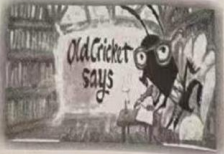




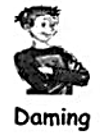

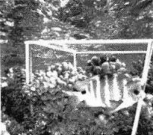

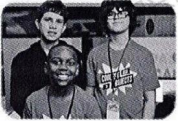





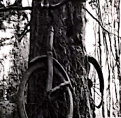
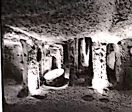


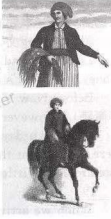
 Nellie Bly (1864-1922): Bly was a reporter. In 1887, she wrote a story about hidden problems at a hospital. She dressed up like a patient at the hospital. Then she wrote an alarming six-part report. The story made Bly well-known. It also led the way for other women reporters. Two years later, Bly set a world record. She traveled around the world in seventy-two days!
Nellie Bly (1864-1922): Bly was a reporter. In 1887, she wrote a story about hidden problems at a hospital. She dressed up like a patient at the hospital. Then she wrote an alarming six-part report. The story made Bly well-known. It also led the way for other women reporters. Two years later, Bly set a world record. She traveled around the world in seventy-two days! 